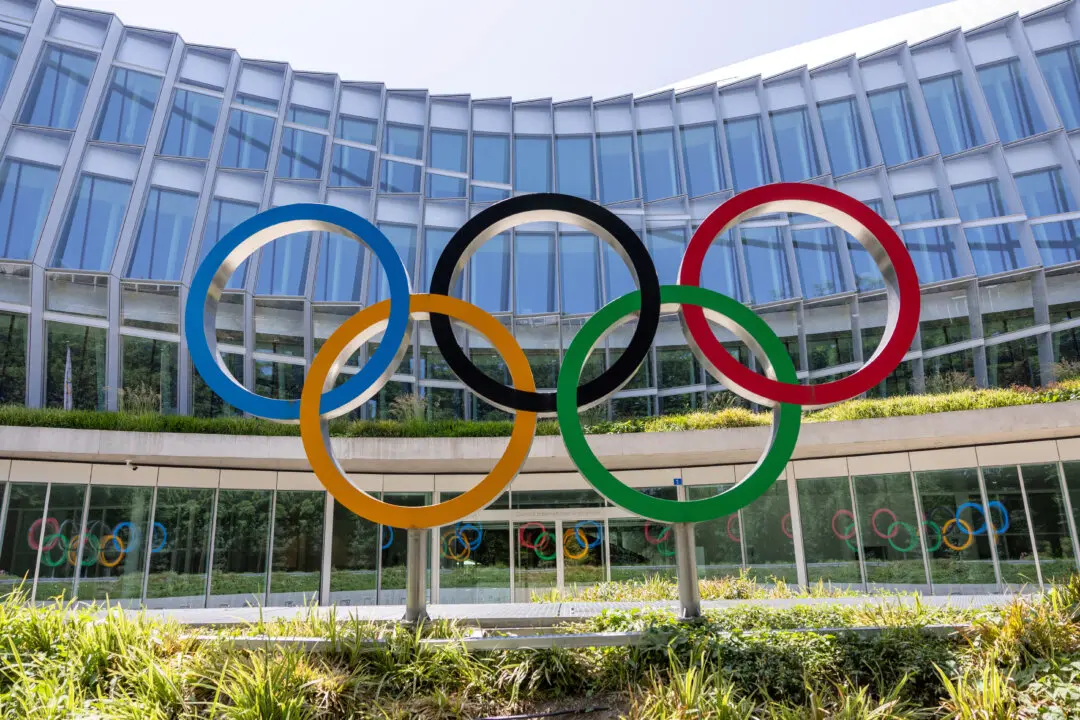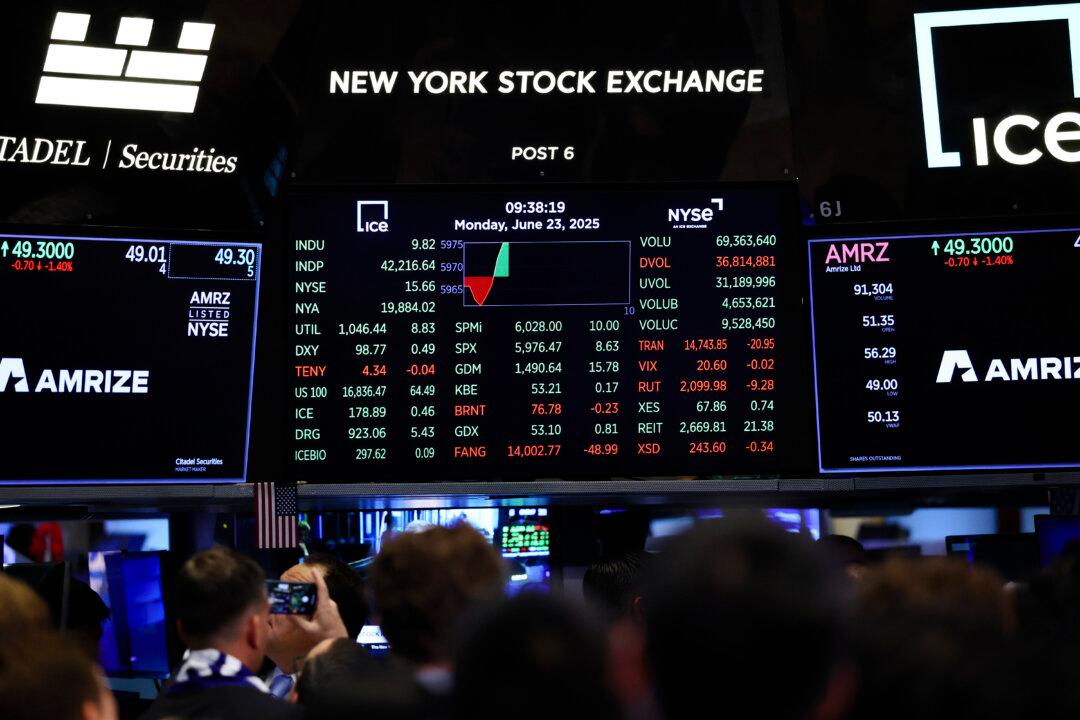BRUSSELS—Eurozone labor costs jumped in the last three months of 2022 and third-quarter data was revised up as well, but the rise of the wage component was still roughly half the increase in consumer inflation, data showed on Friday.
The European Union’s statistics office Eurostat said labor costs in the 19 countries that shared the euro in the last quarter of 2022 rose 5.7 percent year-on-year, with wages up 5.1 percent and non-wage labor costs up 7.7 percent.





